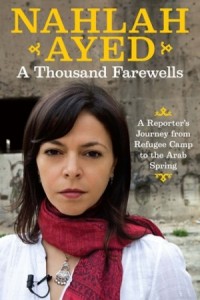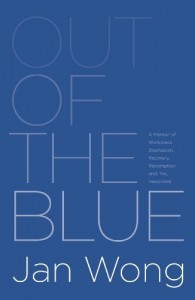Sweet Assorted: 121 Takes from a Tin Box
By Jim Christy
Anvil Press, 194 pages, $20
Reviewed by Jennifer Kingsley
Jim Christy has been tossing souvenirs into a cookie tin–Peek, Frean & Co. Limited Sweet Assorted Famous English Biscuit tin, to be precise–for almost forty years. The items are various: receipts, photos, hand-written notes, plastic figurines, sketches, coins and even some human teeth. Christy unpacks the tin and catalogues each item with a photo, a title and a description. Put those elements together, and voilà: Sweet Assorted.
Some descriptions are only a few words long, like the sentence that accompanies a small, yellow-green plastic soldier, “In a hurry to be a hero, or a statistic.” Other entries spin out over a few pages and introduce us to some of the zillions of characters Christy, a former American who’s a BC resident when not traveling, has met in his life of frequent adventure.
I was drawn to this book by its form. I wanted to see what Christy’s accidental cookie-tin curation would produce. He scraps plot development, sustained characters (except himself) and recurring images in favour of, well, a bunch of junk. Some items and descriptions take us on flights of fancy to revisit Oaxaca in 1991, Maple Leaf Gardens in 1971 or New Zealand in 1989. Others lead us down memory lane where we learn about Christy’s tireless travel and boundless curiosity. The premise of the book is like a dare (to mention another cookie company) to find meaning amongst the scraps.
Three-quarters of the way in, Christy asks his readers two questions. The first does a fine job of describing the book; the second points out one of its main issues. “What is this entire book, if not an aside?” he asks, “But, then again, an aside to what?” That was the central challenge of this book for me; I struggled to find a vision that could propel it beyond the sphere of Christy’s personal life. Some of the entries occur as a device to drop names or revisit past achievements. Others are simply descriptions of the photo alongside or of an item with forgotten origin. That being said, perhaps our memories are nothing more than a unique, sweet assorted collection, and maybe it is unfair to ask for anything else.
There was a shine to this eccentric work that I appreciated. Christy is being himself. His tin alternately brings back memories and reveals what he has forgotten. He lays out his successes and his failures and leaves us to form our opinions. I closed the book hoping to meet Jim Christy one day. His curiosity, convictions and thirst for adventure have lasted decades, and they don’t seem to be fading with time. I admire that.
Jennifer Kingsley is a writer and broadcaster based in the small town of Almonte, Ontario.


